When a friend recently reached out to me for a smartphone recommendation, his first question was, “Look, you know we’re living in uncertain times, so suggest a good, premium Android phone that costs Rs 50,000 or less and will last me for years.” I listened carefully to the kind of phone he wanted, but three words stuck with me: uncertain times, premium, and Android. I don’t know how many of you will agree with me, but the new Google Pixel 9a is the closest smartphone I can think of that fits into this category—especially now, when the cost of living is at an all-time high, job security is questionable, and the world is in the midst of a global trade war.
Although the Pixel 9a isn’t a flashy smartphone, it’s certainly one of the best entry points into the Pixel ecosystem, getting the basics right—the Google way. Being a Pixel-branded phone comes with certain advantages, particularly longevity and excellent cameras. The Pixel 9a also stands out as a great semi-premium option (it’s not a flagship device though), bringing at Rs 50,000.
I have been using the Pixel 9a for a few days now, and here’s my experience with the smartphone.
What: Google Pixel 9a |Price: Rs 49,999, $499, £499, AU$849
Brand new design
The Pixel 9a is likely to evoke mixed reactions and divide opinion — something I sensed from the responses I got from friends and people I know in tech. The look of the Pixel 9a is very different from the Pixel phones Google has launched over the years. Despite the new design, I still felt that the device stayed true to its founding principles.
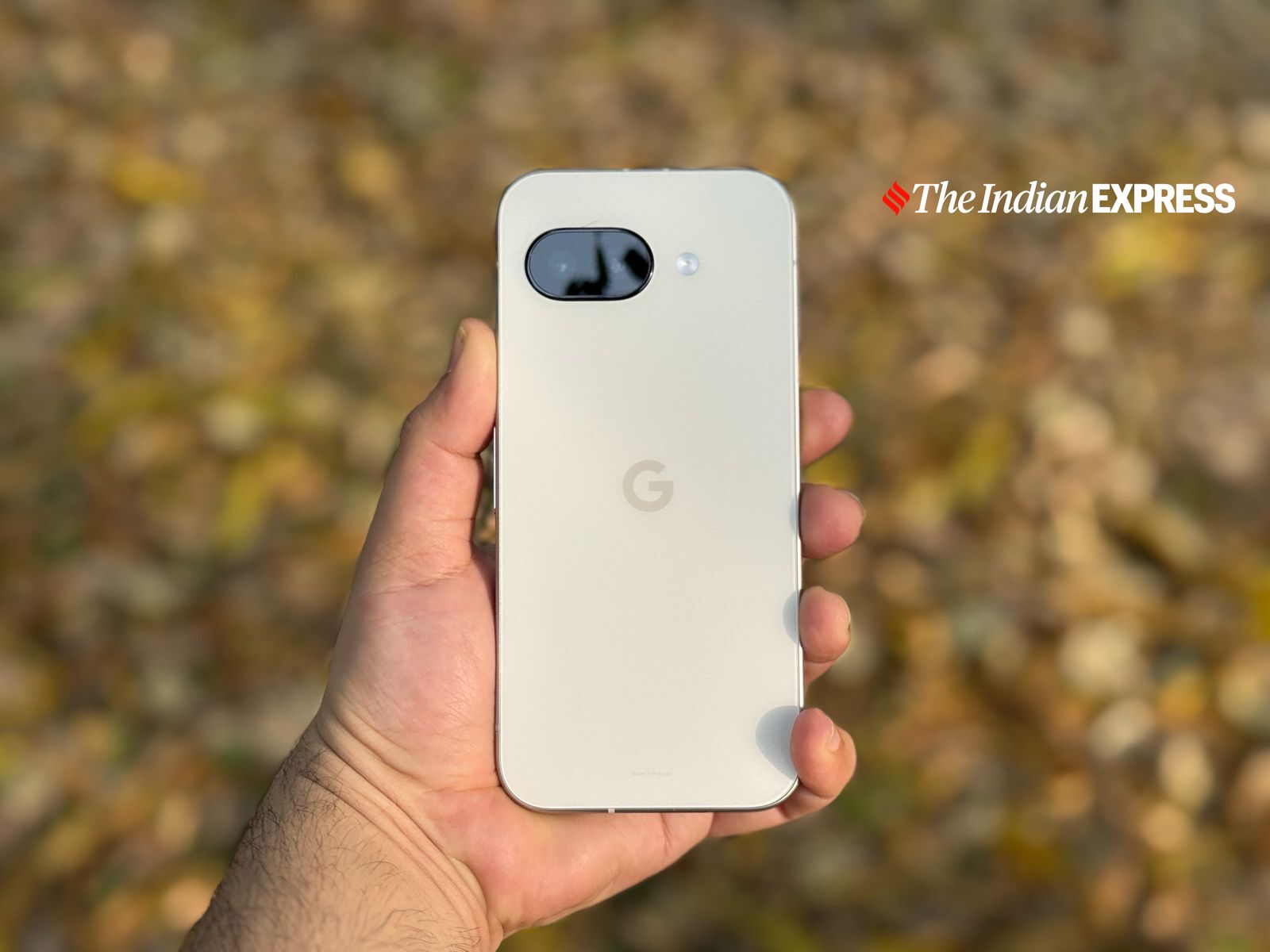 The Google Pixel 9A has a wide and ultrawide camera. (Image: Anuj Bhatia/The Indian Express)
The Google Pixel 9A has a wide and ultrawide camera. (Image: Anuj Bhatia/The Indian Express)
As someone who has taken an interest in industrial design over the years, one key lesson I have learned is this: just because you can do something doesn’t mean you should. There’s no such thing as a “correct” design — and it’s fascinating to see what Google has been able to do with the Pixel 9a, especially in the premium mid-range segment.
On the Pixel 9a, the iconic camera bar that once made the Pixel line distinct is gone. Instead, Google has opted for a more subdued, pill-shaped cut-out on the back. The good thing is that thanks to the phone’s flat back, it doesn’t wobble when placed on a surface. Plus, it doesn’t collect dust between the camera lenses.
That being said, the clean, minimal design remains intact — though the colours are more muted. I am not sure if Pixel’s designers are paying tribute to classic designs from the ’80s, but there’s a subtle reference there. Yet, at the same time, the Pixel 9a feels equally modern.
Story continues below this ad
Look again at the Pixel 9a — some of its design features are surprisingly strong. It’s not a huge phone by any means; my mum was comfortable using it, and so was my father. Size matters — it reflects the brand’s intent, target market, and the type of consumers they are aiming for.
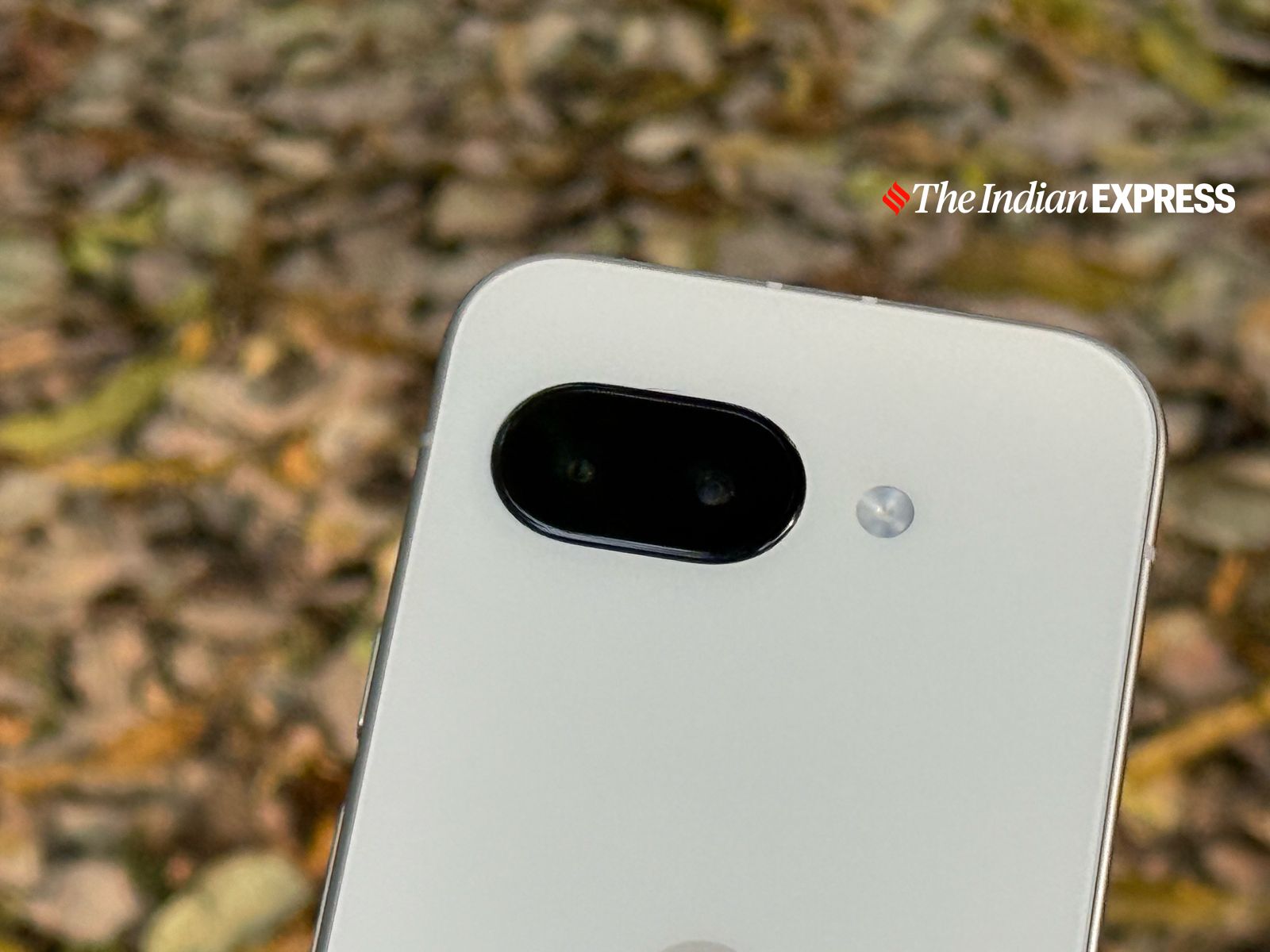 Although not a flagship smartphone, the Pixel 9a will get years of software updates. (Image: Anuj Bhatia/The Indian Express)
Although not a flagship smartphone, the Pixel 9a will get years of software updates. (Image: Anuj Bhatia/The Indian Express)
I have always liked compact phones anyway. The Pixel 9a is light and compact, and it both looks and feels premium. What surprised me most is that the Pixel 9a doesn’t look like a Rs 50,000 smartphone — it actually feels like a much more expensive device.
Larger, brighter display
On the Pixel 9a, the screen measures 6.3 inches diagonally. It’s a pOLED display that’s big enough for most uses and exceptionally bright — I noticed this when I stepped outside to book an Uber. That said, the thicker bezels around the screen can be a bit distracting to the eyes. The 120Hz refresh rate is a bonus; it makes scrolling through LinkedIn and Instagram feeds feel buttery smooth. In comparison, the iPhone 16e — a phone that rivals the Pixel 9a — has a slightly dimmer display.
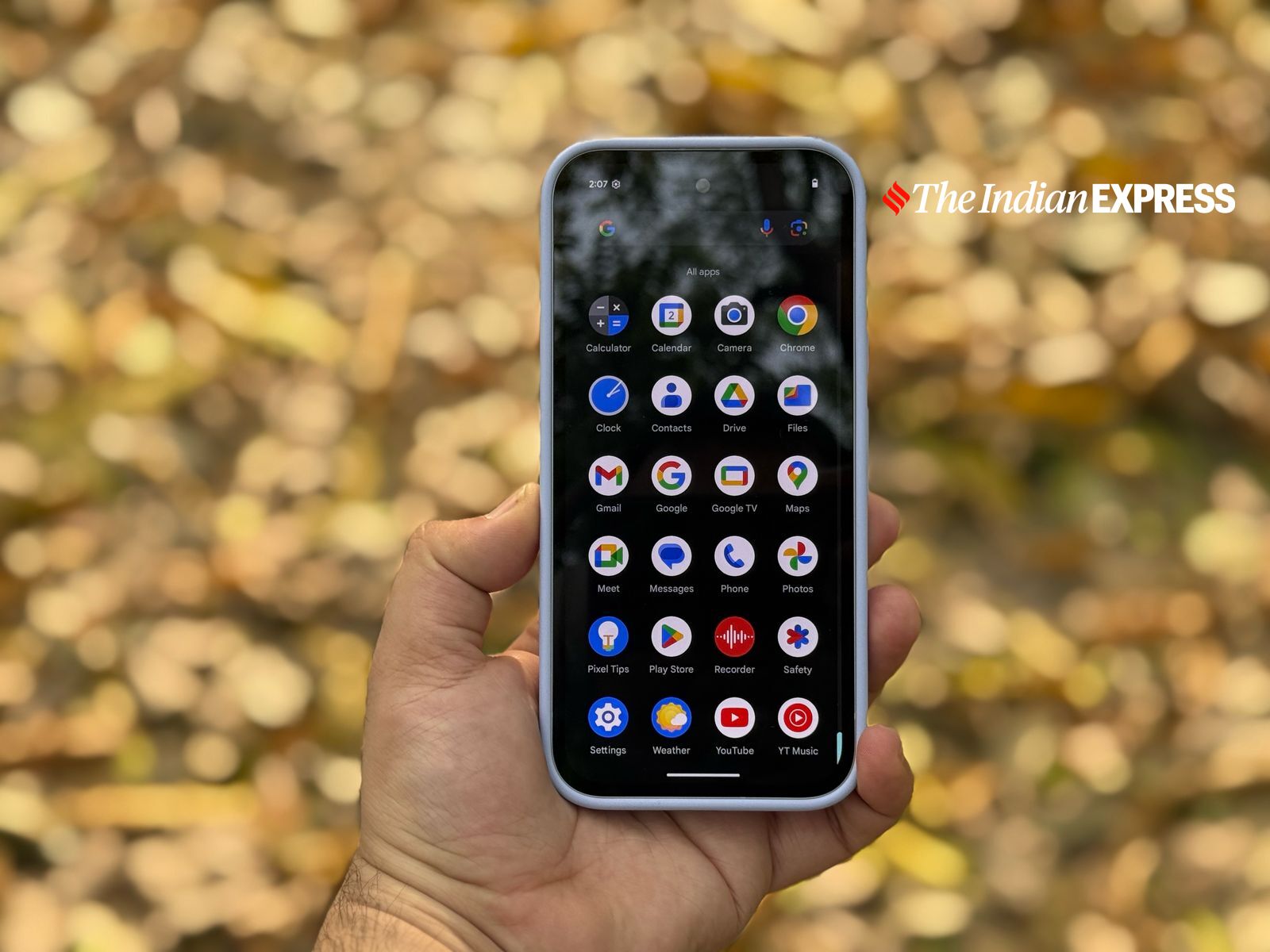 The Pixel 9a is the suite of AI editing tools built-in. (Image: Anuj Bhatia/The Indian Express)
The Pixel 9a is the suite of AI editing tools built-in. (Image: Anuj Bhatia/The Indian Express)
Designed to be powerful but there is a catch
I don’t believe in benchmarks, nor do I follow what other reviewers are saying about a device. I always have one rule: use a device every day and run the apps I use the most. The Pixel 9a ships with a Google-powered Tensor G4 processor; it’s a chip designed by Google, similar to what Apple has done with its A-series processors on the iPhone. The Tensor G4 processor is the flagship chip that Google also uses in its high-end Pixel 9 series. For everyday use, the performance felt the same (I still use the Pixel 9 Pro Fold, and I didn’t feel that the Pixel 9a was any less powerful). That means the must-have Google apps, as well as third-party apps alongside mobile games, run with no issues. However, I do admit that the Pixel 9a and Google’s own Pixel 9 Pro XL, for example, aren’t designed equally. The reason is that the Pixel 9a comes with less RAM, which means some of the Gemini-powered AI features, like Pixel Screenshots and Call Notes, aren’t supported. I am not sure what led Google to choose less RAM for the Pixel 9a, but I was both puzzled and amused by the decision. This is a caveat you will be getting not only with the Pixel 9a but also with the iPhone 16e, which has a slightly weaker graphics processing unit for running games.
Story continues below this ad
But where the Pixel 9a has seen a massive improvement — and I say this after using every Pixel phone since 2016 — is in battery life. Those who bought a Pixel phone on my recommendation were never fully satisfied with it. However, with the Pixel 9a, Google is using a 5100mAh cell — perhaps the largest to date on a Pixel phone. Sure, you are not going to get a two-day marathon battery life, but I’ve consistently gotten well over a day on a single charge. Over the past few days, I have used the Pixel 9a more than I usually would, thanks to back-to-back product launches and several virtual briefings. That means I have used it more for taking notes, taking photos, recording videos, and browsing the web. I remember needing a power bank when I was using the Pixel 8a, but with the Pixel 9a, I never felt the need for one.
![]() The Pixel 9a feels light and compact in size. (Image credit: Anuj Bhatia/Indian Express)
The Pixel 9a feels light and compact in size. (Image credit: Anuj Bhatia/Indian Express)
Plenty of AI features — some useful, and others not so much
The Pixel 9a is a “demo” device for everything Google is doing in artificial intelligence — and by that, I mean every consumer-facing AI feature the company has introduced over the past few months. I get that Google — like many others — is currently obsessed with “AI,” and that the fast rollout of these features may not drastically change your life or mine.
But the point is, a Pixel phone is always the first to get Google’s splashy AI features — a major differentiator the tech giant clearly wants everyone to notice.
The Pixel 9a comes with a bunch of cool Gemini features, including the much-marketed Gemini chatbot, a voice-to-text live transcription tool (which is especially handy for journalists like me), and simple yet useful photo-editing tools. There are so many AI features, that I have honestly lost count.
Story continues below this ad
I really enjoy using Google Lens, and I am gradually getting used to Gemini Live — which may not be perfect but is genuinely useful at times. The Pixel 9a is also getting the recently announced Gemini Live Video, a brand-new feature that allows it to “see” your screen or view through your smartphone’s camera and answer questions about either in real time. (At the time of writing this review, the feature was not available in India.)
Reasonably good cameras but far from the best
If you are reading my Pixel 9a review for the camera, this part might be the most subjective element of the entire review. You may or may not agree with me, but I still believe the Pixel 9a performs well on the camera front — though it’s far from the best. The reason behind my take is that the signature Pixel tone, which I have always loved in previous Pixel phones, feels missing here.
On the Pixel 9a, you will find a dual-camera system consisting of a 48-megapixel main sensor and a 13-megapixel ultrawide, along with a 13-megapixel selfie camera on the front. The images that come out are impressive — bright and colourful. However, many of the photos I took were also overexposed, lacking the vibrancy sharpness and natural tones that Pixel series cameras are known for.
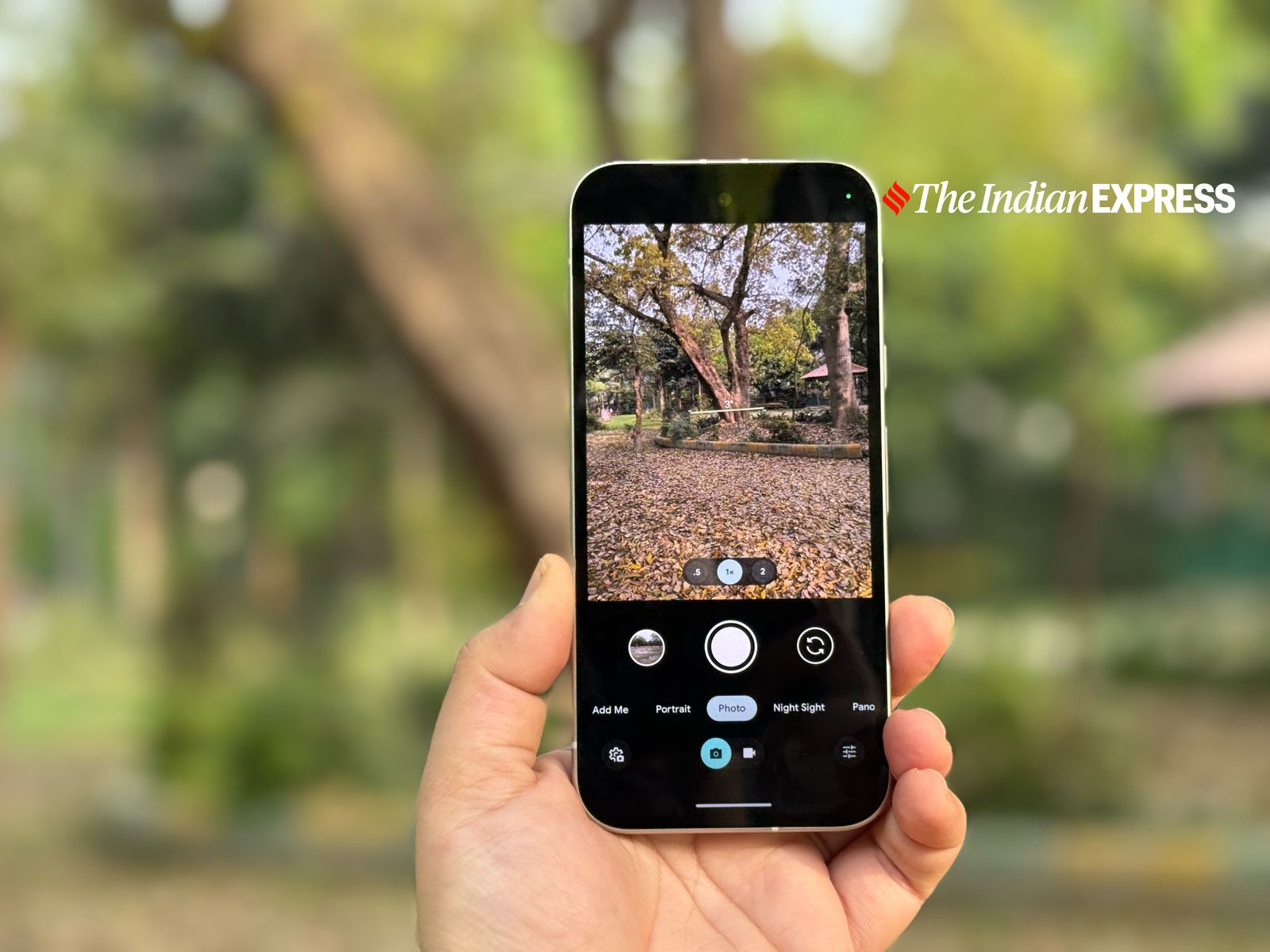 I really liked the Pixel 9a’s macro mode. (Image: Anuj Bhatia/The Indian Express)
I really liked the Pixel 9a’s macro mode. (Image: Anuj Bhatia/The Indian Express)
I will say it again: the Pixel 9a’s camera is superior to any other smartphone camera in the same price range, but something is missing — the magic of the Pixel camera, which I am a big fan.
Story continues below this ad
But where the Pixel 9a camera has seen improvement over the Pixel 8a is in low-light scenarios. I went to Nashville’s famous downtown to shoot the vibrant music scene and was impressed by the shots I captured. You can see the camera samples below and decide for yourself where the Pixel 9a stands in low-light photography.
 Google Pixel 9a camera sample. (Image: Anuj Bhatia/The Indian Express)
Google Pixel 9a camera sample. (Image: Anuj Bhatia/The Indian Express)
 Google Pixel 9a camera sample. (Image: Anuj Bhatia/The Indian Express)
Google Pixel 9a camera sample. (Image: Anuj Bhatia/The Indian Express)
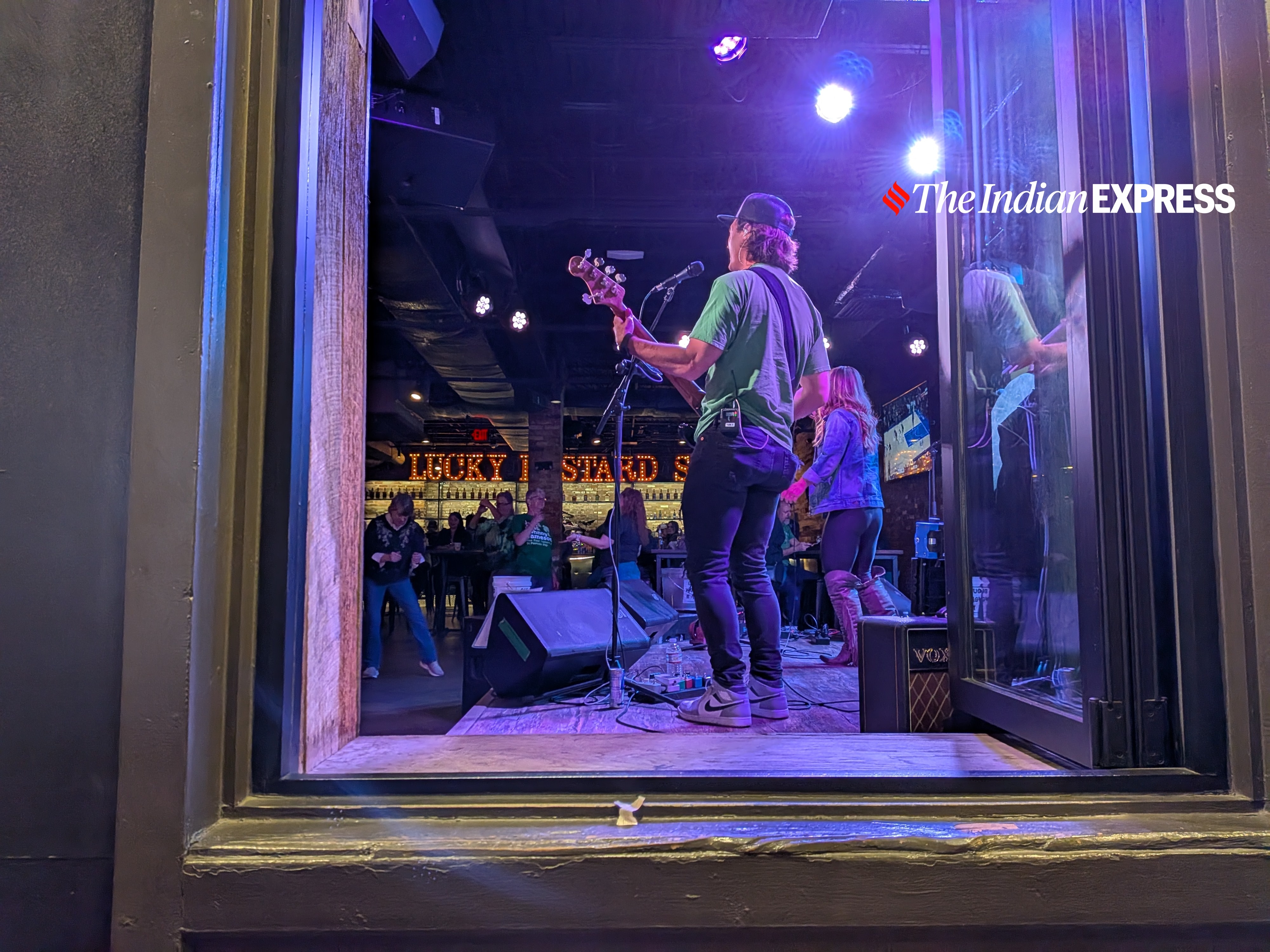 Google Pixel 9a camera sample. (Image: Anuj Bhatia/The Indian Express)
Google Pixel 9a camera sample. (Image: Anuj Bhatia/The Indian Express)
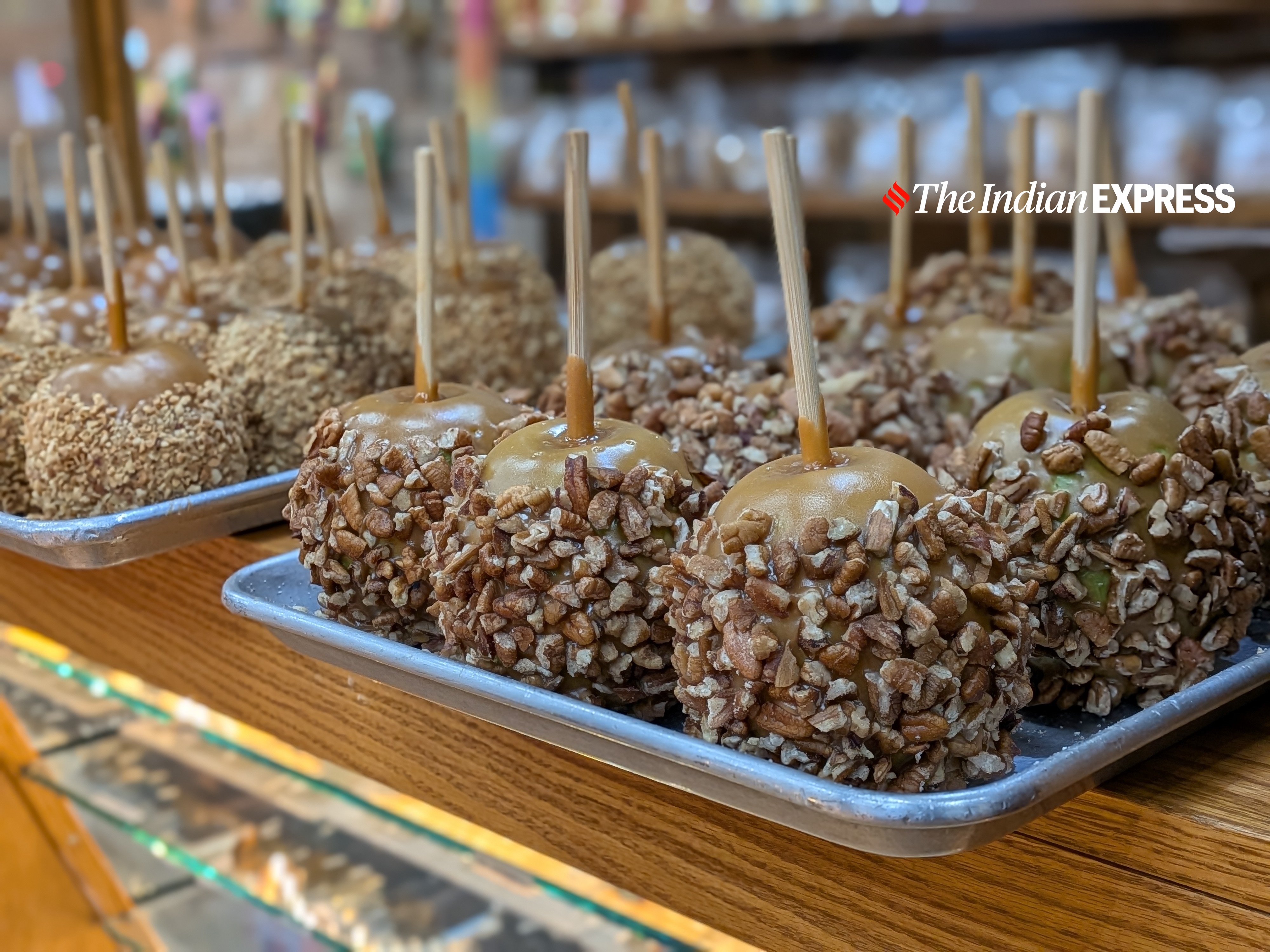 Google Pixel 9a camera sample. (Image: Anuj Bhatia/The Indian Express)
Google Pixel 9a camera sample. (Image: Anuj Bhatia/The Indian Express)
 Google Pixel 9a camera sample. (Image: Anuj Bhatia/The Indian Express)
Google Pixel 9a camera sample. (Image: Anuj Bhatia/The Indian Express)
I also tested Pixel 9a’s AI software features that’s embedded deep inside the camera like Add Me, Best Take, Reimagine, and Auto frame. I tried a lot of these features during the time I was testing the Pixel 9a.
After spending days with the Pixel 9a’s camera, I came to the conclusion that while the Pixel 9a may not be the best camera phone out there, it will appeal to average consumers — not to those who fall into the prosumer or creative segments. The reason for this is that the Pixel 9a’s camera sensor is smaller than the Pixel 9’s, meaning it captures less detail and light. This is simply how the Pixel 9a is designed, and where Google had to cut costs to keep the phone’s price down.
Is the Pixel 9a worth it?
Absolutely. I was genuinely impressed by how Google packaged the Pixel 9a, especially at this price point. While the Pixel 9a is still a great smartphone — it may not be a flagship device, but not everyone cares about having the best hardware or the top-tier camera system.
Story continues below this ad
Frankly, the Pixel 9a is designed by default to do the things most people care about in a smartphone: a nice screen, good cameras, a clean user interface, apps that open without issues, long battery life, and the promise of software updates for years to come. I am sure that, to cut costs, Google has omitted some features, like the fancy cameras from the high-end Pixel 9 series, but that’s about it. You are also paying much less for the Pixel 9a — and that matters a lot for average people who are reluctant to spend thousands of rupees on an expensive smartphone. For me, though, the Pixel 9a is a winner in its current form. But don’t forget, the Pixel 9a competes directly with the iPhone 16e, released in February — the cheaper version of Apple’s iPhone 16, which costs Rs 59,900. It’s up to you to decide.
